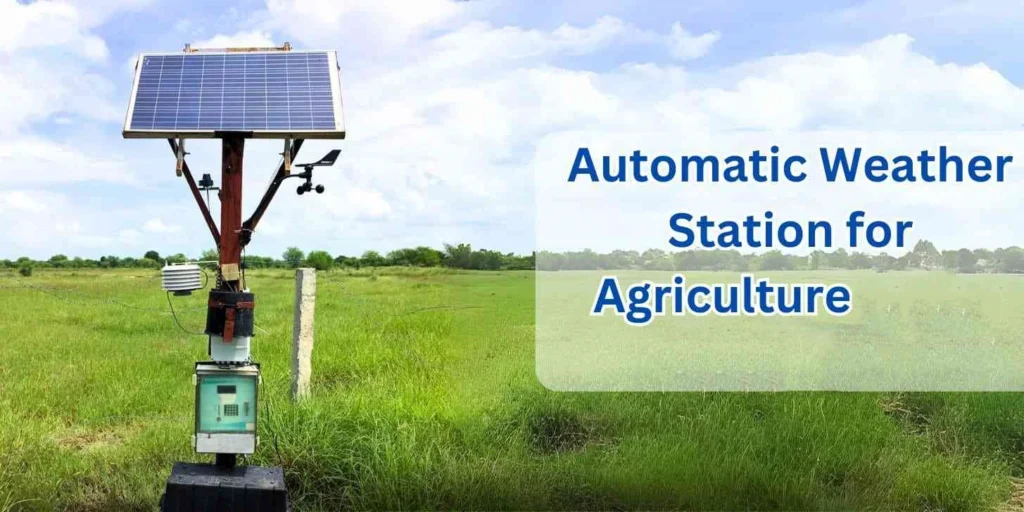
Automated Weather Station: Revolutionizing Meteorological Data Collection

# Automated Weather Station: Revolutionizing Meteorological Data Collection
Automated Weather Station: Revolutionizing Meteorological Data Collection
In the realm of meteorology, the advent of automated weather stations (AWS) has marked a significant leap forward in how we collect, analyze, and utilize weather data. These sophisticated systems have transformed the landscape of meteorological research and forecasting, offering unparalleled accuracy, efficiency, and reliability.
What is an Automated Weather Station?
An automated weather station is a system that autonomously collects and transmits meteorological data without the need for human intervention. Equipped with a variety of sensors, these stations measure parameters such as temperature, humidity, wind speed and direction, atmospheric pressure, and precipitation. The data collected is then transmitted to a central database or directly to meteorologists for analysis.
Key Features and Benefits
One of the most notable features of automated weather stations is their ability to operate continuously, providing real-time data that is crucial for accurate weather forecasting. This continuous operation eliminates the gaps in data collection that can occur with manual stations, ensuring a more comprehensive understanding of weather patterns.
Moreover, AWS are highly versatile and can be deployed in a wide range of environments, from remote mountainous regions to urban centers. This versatility allows for a more detailed and localized understanding of weather conditions, which is particularly beneficial for agriculture, aviation, and disaster management.
Impact on Meteorological Research
The integration of automated weather stations into meteorological research has led to significant advancements in our understanding of weather systems. By providing a wealth of high-quality data, these stations enable researchers to develop more accurate models and predictions. This, in turn, enhances our ability to anticipate and mitigate the impacts of severe weather events.
Furthermore, the data collected by AWS is invaluable for long-term climate studies. By analyzing trends over extended periods, scientists can gain insights into climate change and its potential effects on various ecosystems and human activities.
Challenges and Future Directions
Despite their numerous advantages, automated weather stations are not without challenges. Maintenance and calibration of sensors are critical to ensure data accuracy, and these tasks can be resource-intensive, especially in remote locations. Additionally, the initial setup cost of AWS can be high, which may limit their deployment in certain regions.
Looking ahead, advancements in sensor technology and data transmission methods are expected to further enhance the capabilities of automated weather stations. Innovations such as the use of satellite communication and the integration of artificial intelligence for data analysis hold promise for even more precise and timely weather predictions.
Conclusion
Automated weather stations have undeniably revolutionized the field of meteorology. By providing continuous, high-quality data, these systems have improved our ability to understand and predict weather patterns, ultimately contributing to safer and more informed decision-making across various sectors. As technology continues to evolve, the potential for further advancements in meteorological data collection is vast, promising a future where weather forecasting is more accurate and reliable than ever before.
Keyword: automated weather station